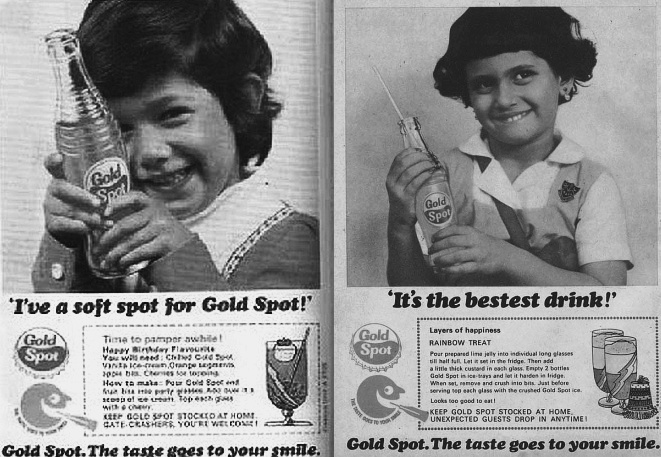Pate in pregnancy
Is Pate Safe When Pregnant? Why You Can't Eat It & Risks
Last Updated on November 25, 2021
In almost every country, pregnant women are advised to avoid eating pâté. What’s not often talked about is why you should avoid it when you’re pregnant, what the true risk of listeria contamination is, and if all types of pâté are definitely off the menu.
Most types of pâté are not safe during pregnancy, due to the risk of listeria, even if the pâté is cooked. This applies to all types of meat, vegetable and fish pâtés or fresh spreads. However, pâté that is canned, tinned or in a shelf-stable jar is safe for pregnant women to eat.
In this article, I’ve clarified the advice on different types of pâté and give examples of the pâté that IS safe to enjoy during your pregnancy.
I’ll refer to ‘pâté’ throughout, but the same applies to:
- Rillettes
- Fish or meat spreads
- “Potted” meat, fish or vegetables
- Fresh savory mousses
- Terrines
Covered in this Article:
Why Can’t Pregnant Women Eat Pâté? What Happens If You Do?
No matter where you live, chances are that the local government advice is to avoid pâté. Yes, that’s even the case in France, where women are also told to avoid pâté, rillettes, and similar spreads (source: French Ministry of Health).
The advice to avoid pâté is the same in the USA (source: US Government), the UK (source: NHS) and Australia and New Zealand (source: Food Standards of Australia).
In the UK, pregnant women are told to avoid liver products altogether, and not just pate (source: NHS).
The potential risks involved in pâté consumption don’t always come from the ingredients, but the way it’s made and stored. Sterilized pâté (which we’ll come to later) is safe during pregnancy.
Pregnant women should avoid pâté because it’s one of the foods with a higher risk of contamination. Listeria can survive and grow under refrigeration and tends to prefer high moisture, low acidity conditions (source: PubMed).
This is what makes pâté a perfect product for listeria to grow in, and is why it’s best avoided during pregnancy.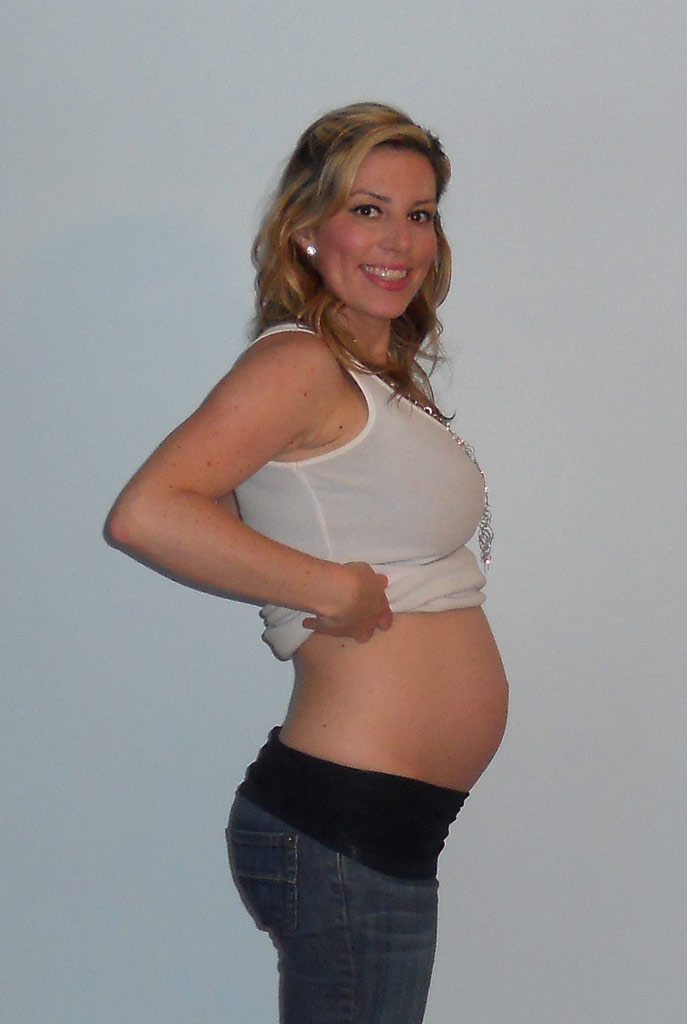
The Journal of Food Protection reported a Spanish study in the year 2000 where 182 samples of fish pâté were analyzed, and around 5% tested positive for listeria (source: JFP).
I’m sometimes asked if pâté can cause miscarriage. Pâté itself does not directly cause miscarriage, but it’s a food with a higher risk of listeria – and it’s listeriosis that can cause miscarriage.
What Should I do If I’ve Accidentally Eaten Pâté and I’m Pregnant?
If you accidentally eat pâté during pregnancy, the first thing is don’t panic, because there’s nothing in pâté that is necessarily dangerous. The medical advice not to eat it is there to reduce an already low risk of contracting listeriosis from contaminated pâté.
The best thing you can do is adopt a ‘watch and wait’ approach and look out for any symptoms that are out of the ordinary for your particular pregnancy.
Listeriosis tends to produce symptoms approximately 1-4 weeks after eating a contaminated product, though it can be longer (source: CDC).
These include fever and flu-like symptoms, so if you experience these then contact a medical professional straight away.
For the remainder of your pregnancy, you should avoid pâté and similar products, or stick to pregnancy-safe versions (covered below).
Can I Eat Cooked or Baked Pâté?
Most pâtés are cooked but are almost always served cold, which is part of the reason why they’re not always safe to eat.
Listeria tends to grow in products that have to be kept under refrigeration, even when cooked. Their longer shelf life gives bacteria more time to grow.
Cooking and heat kills listeria bacteria, but it’s the storage time when cold – not the cooking – that presents most of the risk with pâté.
It’s very uncommon to eat freshly cooked, still hot pâté as it usually needs time to set. However, if it’s literally straight out of the oven, it will be safe to eat as the heat will have killed any harmful bacteria present, and won’t have had time to grow.
Be aware that pate is sometimes cooked at very low temperatures, or in a water bath, or via sous vide methods. This may mean that the internal temperature reached isn’t high enough to kill bacteria. Listeria is killed at 150f / 65c (source: European Food Safety Authority) but many pâtés are cooked at temperatures lower than this.
Unless you’re both making the pâté yourself and you’re prepared to eat it hot after it’s reached an internal temperature of 150 f / 65c, then it’s best avoided – or choose a pasteurized or sterilized pâté.
Common Pâté Types to Avoid in Pregnancy
One of the most confusing things about being told to avoid pate is that a lot of pregnant women presume that it has something to do with the ingredients. This isn’t the case, and pregnant women should also avoid vegetarian or even vegan pâté, for example.
To make things more clear, if the pâté, spread, terrine, rillette, or other similar product is fresh and under refrigeration, then you should avoid it during pregnancy no matter what it’s made from.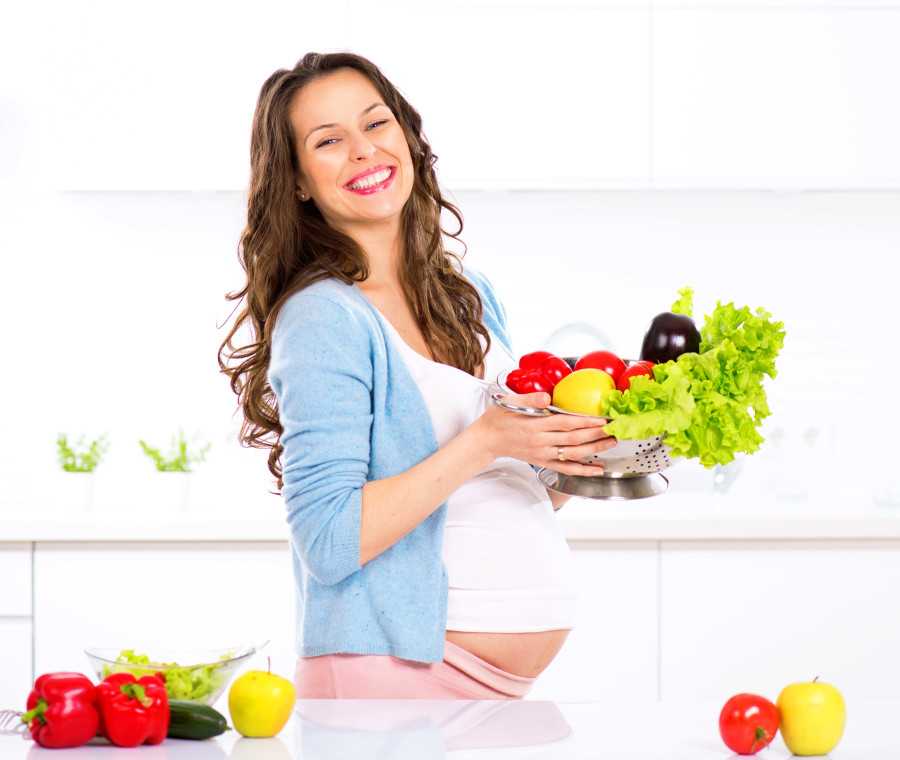 This includes:
This includes:
- Liver pâté (including duck, chicken or goose) – there’s a separate article on the pregnancy safety of foie gras here, too
- Any fish pâté (e.g. salmon, mackerel, trout, crab, whether smoked or not). You can find a separate guide to smoked salmon here, and there’s one here for trout.
- Vegan or vegetarian pâté (mushroom, vegetable, cheese or any other type) has the same calculated risk as meat-based pâté as it’s made the same way.
- Homemade pâté – the risk is the same as factory-made.
- Pâté with regional or specific names should be treated the same way and avoided (e.g. Brussels pate, Ardennes, etc.)
Safe Pâté During Pregnancy
What often gets overlooked is that there’s more than one way of storing and preserving pâté, and there’s one type of pâté that is safe – and that’s the shelf-stable kind.
“Shelf-stable Pâté” means that the pate has been canned, jarred or tinned and is usually sterilized or pasteurized. It’s found ‘on the shelf’ rather than under refrigeration.
It’s found ‘on the shelf’ rather than under refrigeration.
This type of pate is pregnancy safe (source: CDC). This advice is seconded by the American Pregnancy Association and other similar organizations (source: APA). However, it’s still not recommended in the UK, and Australian guidance says to avoid ALL pate, too (source: PBB).
Here’s a picture to illustrate what I mean – this is a huge selection of shelf-stable pate and foie gras I saw in a Spanish supermarket. All of these would be pregnancy-safe as they’re not under refrigeration and therefore pasteurized or sterilized.
Remember though that once opened, you still have to store this pate in the fridge and eat it within a couple of days.
Also, if you eat liver pate, be aware that it may be very high in vitamin A. Although you need vitamin A during pregnancy, it’s one of the vitamins that you should avoid excessive amounts of, as it may be harmful (source: NHS).
If you’re on any type of supplement, or eat a lot of food high in vitamin A or retinol, then you should limit your consumption of liver-based pâté, even if it’s the safe type.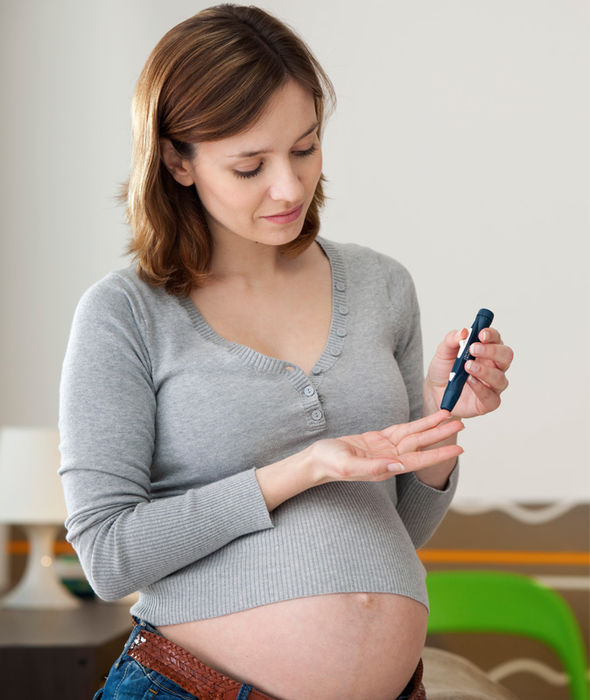
You may also be interested in:
- This article on why most foie gras is unsafe during pregnancy
- A guide to smoked salmon during pregnancy
- 10 foods you should avoid in early pregnancy
This article has been reviewed and approved for publication in line with our editorial policy.
Is Pâté Safe During Pregnancy? What the Studies & Food Safety Experts Say – Forcemeat Academy
While I was researching pâté, I kept seeing recommendations for pregnant ladies to avoid this food and I wanted to know why. There are many articles that say don’t eat pâté while pregnant and they give a few reasons, but I wanted to know more. I researched the topics of pâté, pregnancy and listeria and looked at many scientific studies during the process. Instead of keeping all this information in my brain, I decided to turn it all into a helpful article for you.
Is it safe to eat pâté during pregnancy?
No, it’s not safe to eat pâté during pregnancy because of listeria, a type of bacteria found in pâtés, meat spreads and other foods.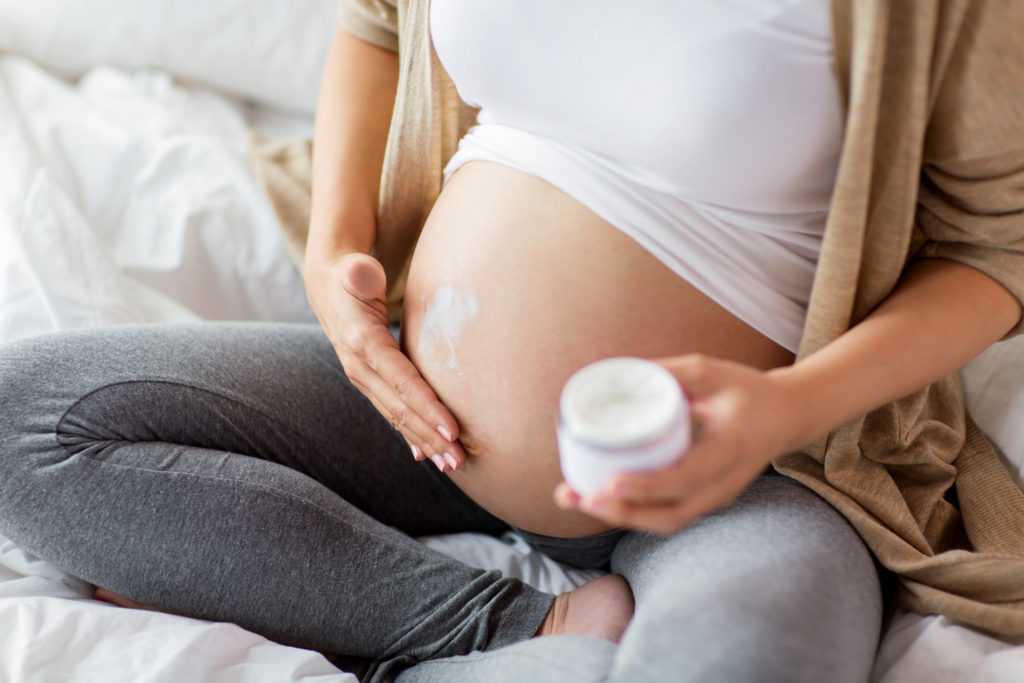 Pregnant women contract listeriosis 10-20 times more than other people after eating food contaminated with listeria. Symptoms of listeriosis are minor for pregnant women but listeriosis can cause miscarriages, premature births, still born and neo-natal deaths.
Pregnant women contract listeriosis 10-20 times more than other people after eating food contaminated with listeria. Symptoms of listeriosis are minor for pregnant women but listeriosis can cause miscarriages, premature births, still born and neo-natal deaths.
Now, let’s get into all the details!
[Medical disclaimer: I’m not a doctor, nor do I play one on TV, and this information is not to be construed as medical advice. However, I’ve sourced all claims and recommendations from “official” sources such as governmental agencies, scientific studies and food safety experts so you can know the risks of listeria contamination and make an informed decision about pâté while you’re pregnant.]
Pâté and listeria: What types of pâté are we talking about?
Pâté—also called pâté en terrine, terrine, liver pâté, liver mousse and chopped liver—is a type of forcemeat (meat and fat) dish. Some pâtés contain liver, some types are firm enough to slice and some are spreadable.
Pâté can be made at home, made on a small scale (such as at your local butcher shop) or made on a large scale in manufacturing plants.
For the purposes of this article, pâté refers to all the types of pâtés I just mentioned plus all the styles of manufacturing.
We’ll break down the manufactured pâtés into two types: refrigerated pâtés and canned/tinned pâté, also referred to as shelf-stable pâtés/meat spreads. Refrigerated pâtés are typically vacuum-sealed or in small, plastic containers.
Tinned pâtés are in little tins of various shapes and sizes. Some artisanal brands of pâté come in (shelf-stable) glass jars.
Later on, you’ll see that some health authorities differentiate between refrigerated and shelf-stable pâtés which is why I’m bringing this up now.
What is listeria?
Listeria is the shortened name of the germ Listeria monocytogenes. Listeriosis is the infection caused by Listeria monocytogenes. When listeriosis spreads beyond the gut, it’s called invasive listeriosis.
In scientific papers, Listeria monocytogenes is often shortened to L. monocytogenes and you’ll see that in a number of papers I quote from later in this article.
Where does listeria come from?
According to the Mayo Clinic’s article, Listeria infection, “Listeria bacteria can be found in soil, water and animal feces.”
Although listeria is all over the place, it wasn’t confirmed as a food-borne germ until the 1980s.
In H. Hof’s paper History and epidemiology of listeriosis, he (she?) says, “Another keystone in listeriosis research was the observation of Schlech et al. that a listeriosis outbreak in Halifax, Canada was transmitted via infected food, namely coleslaw … L. monocytogenes was not included in the list of bona fide food-borne pathogens until this Canadian experience. Food-relatedness was confirmed in the 1980s by the occurrence of several other outbreaks in the USA and Switzerland, due to cheese.”
What are the symptoms of listeriosis and invasive listeriosis?
According to the Centers for Disease Control and Prevention (CDC), common symptoms of listeriosis are fever and diarrhea.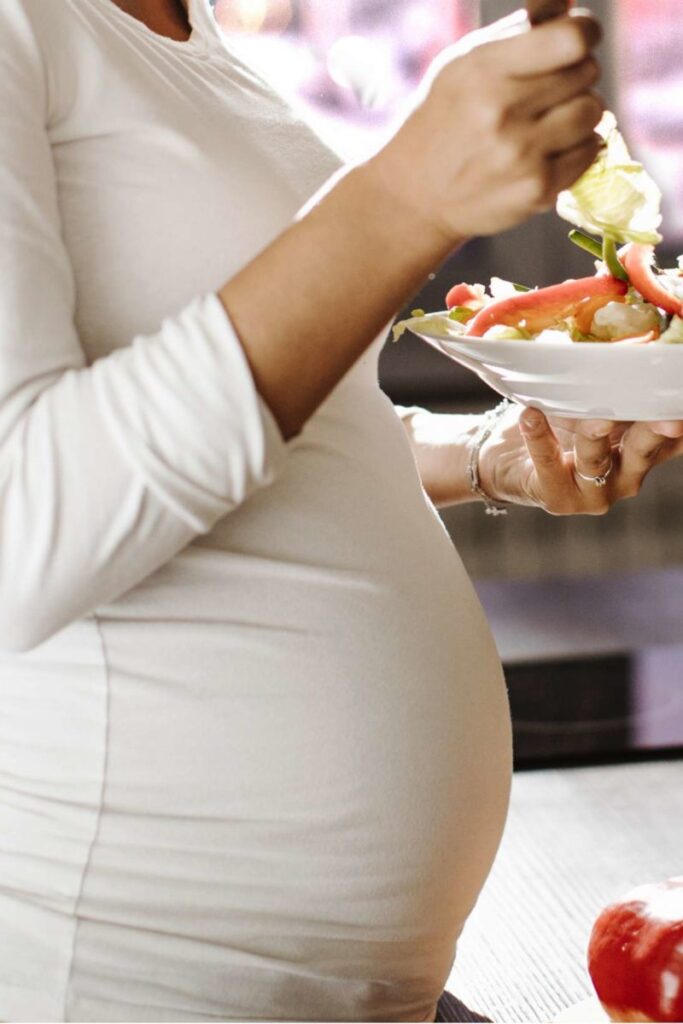 Listeriosis symptoms can also include symptoms associated with other types of food poisoning including barfing, nausea and stomach cramps.
Listeriosis symptoms can also include symptoms associated with other types of food poisoning including barfing, nausea and stomach cramps.
This is the type of listeriosis that the CDC suggests is passing and “rarely diagnosed.”
Diagnosis is more likely for invasive listeriosis; symptoms of invasive listeriosis can show up as early as a day after infection or as late as 70 days after exposure.
Symptoms of invasive listeriosis for the general population include:
- Fever.
- Aches and pains, including headaches and a stiff neck.
- Confusion.
- Loss of balance.
- Convulsions.
Symptoms of invasive listeriosis for pregnant women include:
- Fever.
- Mild aches and pains.
Don’t let this small list of symptoms set your mind at ease if you’re a pregnant lady. More on the terrible effects of listeriosis on the fetus/unborn child coming soon.
[All factoids in this section are from the Centers for Disease Control and Prevention (CDC). ]
]
How common are listeriosis infections?
According to the CDC’s Questions and Answers page about listeriosis, “Every year, about 1,600 people get listeriosis in the United States.”
The World Health Organization (WHO), in their Listeriosis article, puts it another way saying, “It is a relatively rare disease with 0.1 to 10 cases per 1 million people per year depending on the countries and regions of the world.”
That sounds okay, right?
Except they go on to say, “Although the number of cases of listeriosis is small, the high rate of death associated with this infection makes it a significant public health concern.”
The WHO doesn’t specify what they mean by high death rate, but the CDC does. On the CDC’s Questions and Answers page about listeriosis, they say, “Most people with invasive listeriosis require hospital care, and about one in five people with the infection die.” That’s 20%, quite a lot.
However, that’s about the invasive listeriosis cases that get diagnosed. Remember that plain, ole, poop yourself listeriosis is not the kind that gets diagnosed and kills you 20% of the time.
Remember that plain, ole, poop yourself listeriosis is not the kind that gets diagnosed and kills you 20% of the time.
Of the kind that doesn’t kill you, H. Hof in the paper, History and epidemiology of listeriosis, says, “There is scant evidence that a mild and transient gastroenteritis may precede overt disease. Obviously, this exposure to pathogenic Listeriae is rather common, since more than 90% of adults possess immune lymphocytes. Whereas most normal, immunocompetent individuals will overcome an initial attack and shedding of Listeriae by feces is terminated after a few days, people at risk may suffer from disseminated infection.”
And, according to food safety expert, Benjamin Chapman, in the Live Science article, Blue Bell’s Listeria Scare: How It Grows in Ice Cream, “It takes, for the most part, lots and lots of cells — in the tens of thousands, or hundreds of thousands of cells — per serving of food on average to make somebody sick,” To put that into perspective, he added that people get sick from only tens of cells of E.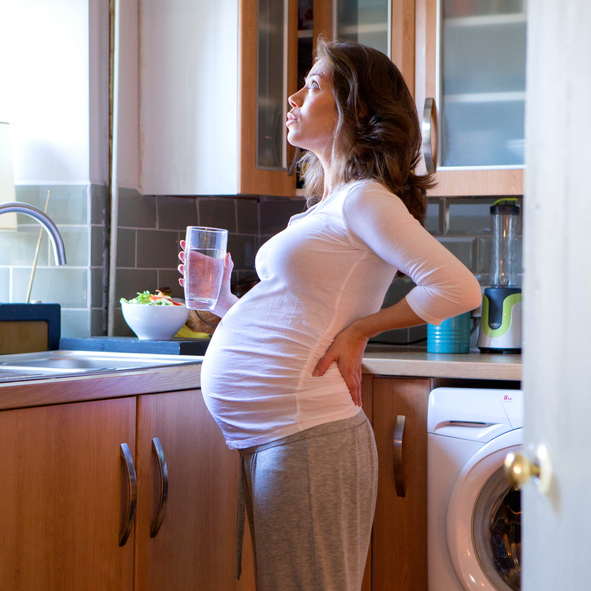 coli 0157:H7.
coli 0157:H7.
Except these easy-breezy listeria pep talks don’t apply to women in the family way.
What’s the listeria higher-risk factor for pregnant women?
Here’s the first bit of bad news about listeria and pregnant ladies: pregnant ladies get listeriosis much more often than everyone else after consuming food contaminated with listeria.
In the CDC article about listeriosis risk, People at Risk – Pregnant Women and Newborns, they say, “Pregnant women are 10 times more likely than other people to get Listeria infection. Pregnant Hispanic women are 24 times more likely than other people to get Listeria infection.”
The World Health Organization’s Listeriosis article gives another number. They say, “Pregnant women are about 20 times more likely to contract listeriosis than other healthy adults.”
How does listeria affect pregnant women?
As I mentioned earlier, when pregnant women get invasive listeriosis, their symptoms are often mild aches and pains and fever.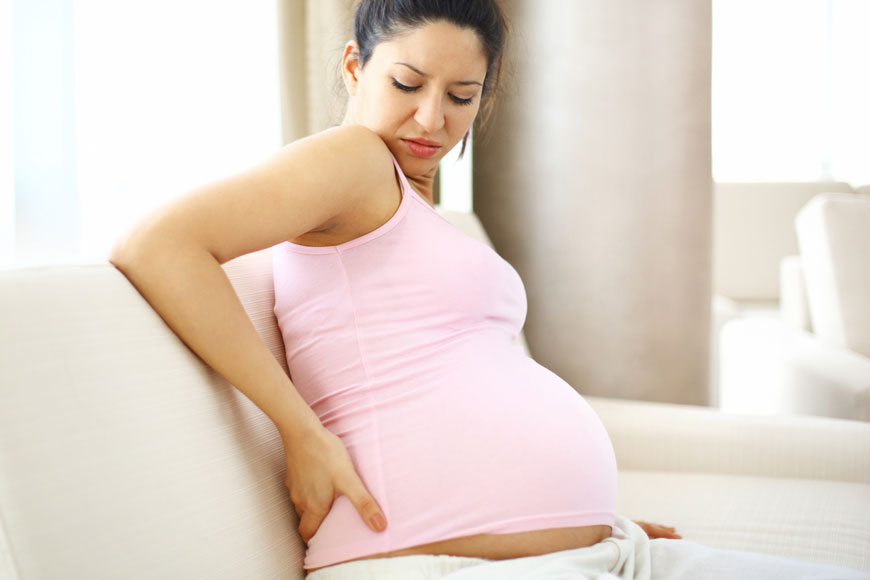 A couple websites I visited suggested the non-pregnant listeriosis symptoms are also associated with pregnant ladies and listeriosis. However, that’s not quite true.
A couple websites I visited suggested the non-pregnant listeriosis symptoms are also associated with pregnant ladies and listeriosis. However, that’s not quite true.
These symptoms (fever, severe headache, stiff neck, confusion and sensitivity to light) “can indicate bacterial meningitis, a life-threatening complication of a listeria infection,” according to the Mayo Clinic’s article Listeria infection. By the way, if you have these symptoms, they suggest getting emergency care.
I hate to be a stickler (or do I?) but it’s important and helpful to be precise, especially when we’re talking about a serious topic.
And now it gets super serious…
How does listeria affect the fetus/unborn child?
Let’s revisit the History and epidemiology of listeriosis study where H. Hof says, “Although the mother herself will pass through a mild, flu-like, febrile episode, the pathogenic bacteria having access to the circulation will colonize the placenta, induce a placentitis and hence infect the defenseless fetus. Connatal infection will result in either stillbirth or early-onset listeriosis. The prognosis of this infection is rather poor.” [Emphasis mine.]
Connatal infection will result in either stillbirth or early-onset listeriosis. The prognosis of this infection is rather poor.” [Emphasis mine.]
Back in the 1990s, pregnant women with listeriosis were followed in a study called, Listeriosis outbreak associated with the consumption of rillettes in France in 1993. [Pâté, rillettes, the source of the listeriosis is not relevant to the results of the infection.]
They studied 38 patients during a listeriosis outbreak between June and October of 1993. Of these 38 patients, 31 were “materno-neonatal” (a.k.a. maternal-neonatal) patients: pregnant ladies and babies. The pregnant women were between 20-years-old and 34-years-old.
Results of this listeriosis outbreak for the 31 materno-neonatal patients:
- Nine fetal deaths.
- 12 premature births, including five that were classified as severely pre-mature.
- One baby died at four-days-old.
- This outbreak had a case-fatality ratio of 32%.

- Two women who tested positive for listeriosis before the 28-week mark of pregnancy went to the hospital, got treated with antibiotics and their babies were fine.
As for the symptoms, the study reports that, “All except 2 mothers had one or more symptoms or clinical signs (fever, 29; chills, 15; headache-myalgia, 14; diarrhea, 1).”
So, pretty serious stuff.
What do the studies say about listeria and pregnancy?
It’s nice to look at guidelines from health organizations about listeria and pregnancy but it’s also nice to read findings straight from academic papers. I’m including a few here but this list is by no means exhaustive. [If you’d like to get an exhaustive list, go to Google Scholar and type in “listeria pregnancy.”]
In a study called, The epidemiology of listeriosis in pregnant women and children in New Zealand from 1997 to 2016: an observational study, authors Emma Jeffs, Jonathan Williman, Cheryl Brunton, Joanna Gullam and Tony Walls found that over this time period, “there were
147 pregnancy-associated cases of listeriosis … per 100,000 births… There were no trends observed over time in the incidence of pregnancy-associated listeriosis. Incidence rates of pregnancy-associated and childhood listeriosis were highest in people of Pacific and Asian ethnicity.”
Incidence rates of pregnancy-associated and childhood listeriosis were highest in people of Pacific and Asian ethnicity.”
In her paper, Listeriosis in Pregnancy: Diagnosis, Treatment, and Prevention, Vanitha Janakiraman, MD, advises her fellow physicians and obstetricians that, “Any pregnant woman presenting with fevers and flu-like illness, or other symptoms that raise suspicion for listeriosis, should be tested for this disease. Testing is usually by blood culture. Gram stain is sometimes, but not always, diagnostic. Once listeriosis is diagnosed, high-dose penicillin or ampicillin is the treatment of choice.”
She also says that education and government surveillance of listeria cases are likely to reduce cases of listeria in pregnancy.
In the article, Inadequate management of pregnancy-associated listeriosis: lessons from four case reports (published in the journal called Clinical Microbiology and Infection), the authors give recommendations on when to treat for listeriosis during pregnancy.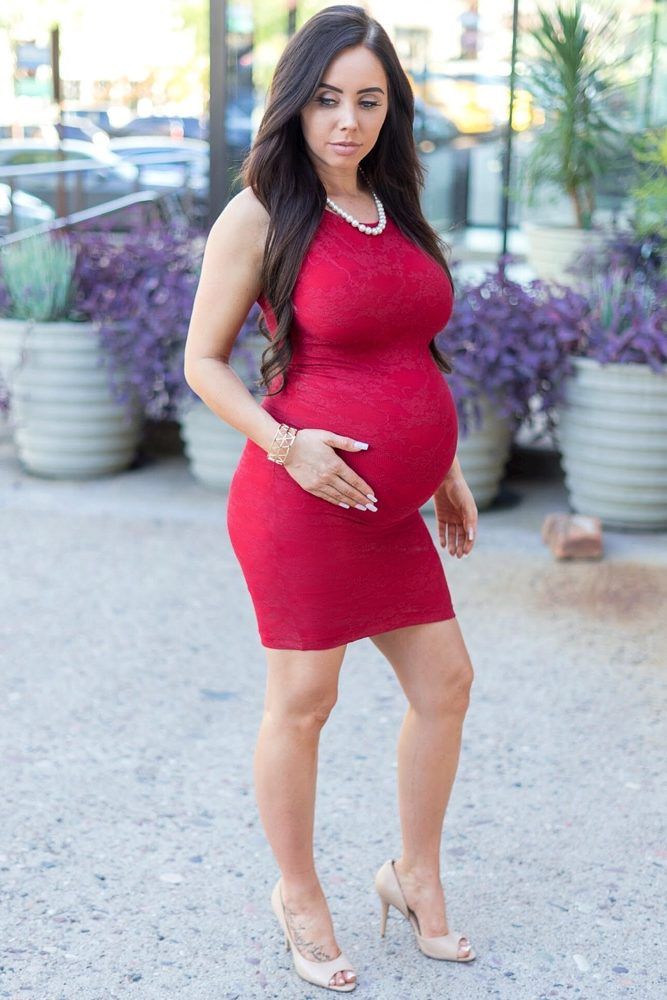 They say, “Early diagnosis and therapy are the cornerstone of listeriosis management. Available recommendations favour empirical treatment in high-risk situations, such as fever during labour, preterm labour or uterine irritability, especially during an ongoing listeriosis outbreak.”
They say, “Early diagnosis and therapy are the cornerstone of listeriosis management. Available recommendations favour empirical treatment in high-risk situations, such as fever during labour, preterm labour or uterine irritability, especially during an ongoing listeriosis outbreak.”
They go on to say that in France, because of the history of listeria outbreaks since the 1990s, treatment is proactive; the local practice is to “consider amoxicillin in each case of unexplained fever during pregnancy to prevent overt listeriosis.” While this approach is debated, the “pros include the delayed and low frequency of positive maternal blood cultures in maternal listeriosis, the potentially severe outcome of untreated listeriosis, and the efficacy of prompt therapy.
One of the main lessons they find from the four case reports are about unexplained fever during pregnancy; in these situations, listeria should be thought of and tested for. Just like Dr. Janakiraman advised in her paper, mentioned previously.
Okay, last study in this section, I promise.
I wondered about the food guidelines for reducing listeria risk while pregnant and if they made a difference.
In the paper, Nutrition and listeriosis during pregnancy: a systematic review, the authors believe the food guidelines work. After their qualitative synthesis of 14 studies, they found that “mothers with listeriosis during pregnancy were more likely to have consumed either pasteurised or unpasteurised dairy products, cooked, semi-cooked, smoked or processed meat products, or ready-to-eat foods including fruits and vegetables.”
These foods are on the no-no list in many food guidelines for pregnant women.
They also say, “The results showed an increased risk for listeriosis during pregnancy due to the consumption of a number of dairy food products, including unpasteurised products such as raw milk, soft cheeses or Hispanic-style cheeses… Mexican-style cheese … mainly infect pregnant women with a Hispanic ethnicity in US studies.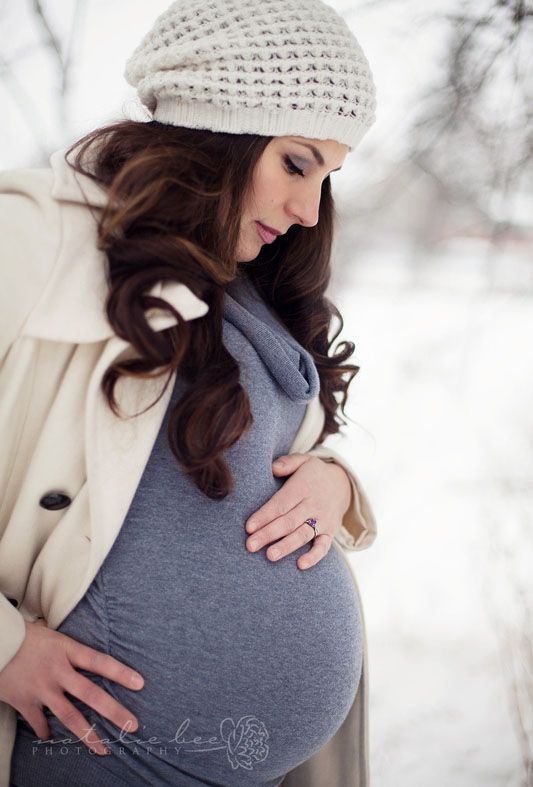 ”
”
These cheeses are high risk because either they’re made with raw milk, the production process doesn’t remove the L. monocytogenes (through heat) or the listeria survives despite the production process.
All this to say, this study review shows that women need to know what foods to avoid to reduce the risk of contracting listeria—and it’s a good idea that they avoid them!
Speaking of foods to avoid, in case you’re really sad about not eating pâté and not really sure if it’s really associated with listeria … well, it really is (I’m sorry to be the bearer of bad news). Let’s look at how pâté got on the no-no list for pregnant ladies…
What’s the connection between pâté and listeria?
So, as I mentioned earlier, listeria became known as a food-borne illness in the 1980s. Pâté wasn’t the only culprit, of course, but since that’s what we’re talking about here, we’ll stick with that.
In the paper, Human listeriosis and paté: a possible association. , authors, J. McLauchlin, S. M. Hall, S. K. Velani and R. J. Gilbert talk about how the Public Health Laboratory Service stumbled upon an association between pâté and listeriosis. After following up on a case of food poisoning, the Public Health Laboratory Service took some pâté from the patient’s fridge and found it was rich in listeria.
, authors, J. McLauchlin, S. M. Hall, S. K. Velani and R. J. Gilbert talk about how the Public Health Laboratory Service stumbled upon an association between pâté and listeriosis. After following up on a case of food poisoning, the Public Health Laboratory Service took some pâté from the patient’s fridge and found it was rich in listeria.
This discovery led to further inquiry about pâté. This study says, “A survey of paté in England and Wales in July 1989 showed that it frequently contained L monocytogenes.” They concluded that, “Contamination of paté was a likely contributory cause of the increase in the incidence of listeriosis between 1987 and 1989.”
In another paper, The occurrence of Listeria species in pâté: the Cardiff experience 1989, authors, I. J. Morris and C. D. Ribeiro showed that of 216 pâté samples tested, “35% were contaminated with L. monocytogenes.”
Basically, listeria became associated with pâté decades ago for good reason—listeria was found on tested pâtés!
[In other bad news about pâté, listeria isn’t the only food-borne pathogen to be found on pâté. To read about another bacteria creeping around pâtés—campylobacter—check out my article, Is Pâté Raw? No, Unless Undercooked Liver Qualifies, and scroll down to the section called, The connection between pâté and food poisoning.]
To read about another bacteria creeping around pâtés—campylobacter—check out my article, Is Pâté Raw? No, Unless Undercooked Liver Qualifies, and scroll down to the section called, The connection between pâté and food poisoning.]
What listeria outbreaks are linked to pâté consumption?
In the overall scheme of things, pâté hasn’t been the smoking gun of many listeria outbreaks in the last few decades. But enough that it’s real … put the pâté down!
In the paper, Listeriosis Outbreaks and Associated Food Vehicles, United States, 1998–2008, the authors say, “Twenty-four confirmed listeriosis outbreaks were reported during 1998–2008, resulting in 359 illnesses, 215 hospitalizations, and 38 deaths.”
Further investigation of Table 2 in this paper shows that only one of those 24 outbreaks was traced back to pâté. In 1999, pâté was the culprit for a multi-state outbreak of listeriosis—but there were only 11 cases.
[In their Listeria Outbreaks article, the CDC classifies an outbreak as, “When two or more people get the same illness from the same contaminated food or drink, the event is called a foodborne disease outbreak. ”]
”]
Over in the United Kingdom, the study, Human foodborne listeriosis in England and Wales, 1981 to 2015, concluded that, “Between 1981 and 2015, 5252 human listeriosis cases were reported in England and Wales … There was a single outbreak in the community of 378 cases (7% of the total) which was associated with pâté consumption…”
This outbreak, according to Table 4 in their paper, happened between 1987 and 1989, because of pâté produced by “a single Belgian manufacturer were contaminated with L. monocytogenes.”
Just a few years ago, the paper, Local Outbreak of Listeria monocytogenes Serotype 4b Sequence Type 6 Due to Contaminated Meat Pâté, showed that in 2016, five confirmed and two probable cases of listeriosis were tied to pâté contaminated with L. monocytogenes in Switzerland. Listeria was found in the meat grinder at the manufacturing plant that produced the pâté.
And even more recently, a 2019 Eurosurveillance study called, Listeriosis outbreak likely due to contaminated liver pâté consumed in a tavern, Austria, December 2018 found, “In late December 2018, an outbreak of listeriosis occurred after a group of 32 individuals celebrated in a tavern in Styria, Austria; traditional Austrian food (e. g. meat, meat products and cheese) was served…Liver pâté produced by company X was identified as the likely source of the outbreak.”
g. meat, meat products and cheese) was served…Liver pâté produced by company X was identified as the likely source of the outbreak.”
Of this group, eleven people had “gastrointestinal symptoms” and one person developed severe sepsis.
As part of the study, they did “active case finding” and found two other cases of
of invasive listeriosis in the community (people who weren’t at the tavern celebration). One of these people was a senior citizen (early 80s) who regularly ate pâté from company X; unfortunately, this person died from the invasive listeriosis.
Okay, now let’s look at a few reasons why listeria is a tough nut to crack.
Why is listeria a problem in food manufacturing?
Listeria is sneaky and it could be hiding anywhere.
In the Live Science article, Blue Bell’s Listeria Scare: How It Grows in Ice Cream, they interview food safety expert, Benjamin Chapman, about a 2015 listeria outbreak associated with ice cream (this same ice cream company was linked to other outbreaks over the five previous years).
When asked about how listeria could be around so long on the ice cream production line, Ben said, “Listeria bacteria may hide in certain environmental niches, such as inside a drain, on a certain portion of a food-processing machine, or even inside damp, moist walls. At those points, the bacteria may not be coming into contact with food products. But some sporadic change in processing methods — such as doing maintenance on a piece of equipment, or taking out a machine that is only used occasionally — can dislodge some of the bacteria, exposing the food to the bacteria.”
This probably wouldn’t surprise the authors of the 2008 paper, Short-term genome evolution of Listeria monocytogenes in a non-controlled environment. In this paper, they conclude, “Our data support the hypothesis that the 2000 human listeriosis outbreak was caused by a L. monocytogenes strain that persisted in a food processing facility over 12 years…”
To understand why listeria can persist for years in a food processing plant, let’s look to a 2017 research paper called, Cleaning and Disinfection of Biofilms Composed of Listeria monocytogenes and Background Microbiota from Meat Processing Surfaces. In this paper, the authors emphasize how important it is for food production facilities to have “efficient production hygiene” to get rid of pathogens.
In this paper, the authors emphasize how important it is for food production facilities to have “efficient production hygiene” to get rid of pathogens.
They also say, “However, the persistence of bacteria is an enduring problem in food processing environments. This study demonstrated that environmental bacteria can survive foam cleaning and disinfection (C&D) at concentrations used in the industrial environment. The phenomenon was replicated in laboratory experiments. Important characteristics of persisting bacteria were a high growth rate at low temperature, a tolerance to the cleaning agent, and the ability to form biofilms.”
I don’t know about you, but I sure am grateful I don’t run a food production line. Talk about stressful!
Why is listeria common in pâté?
Okay, now we know that listeria can avoid detection and cleaning efforts at the processing plants, let’s explore another interesting aspect of this bacteria: it doesn’t mind cold temperatures (as we saw with the ice cream).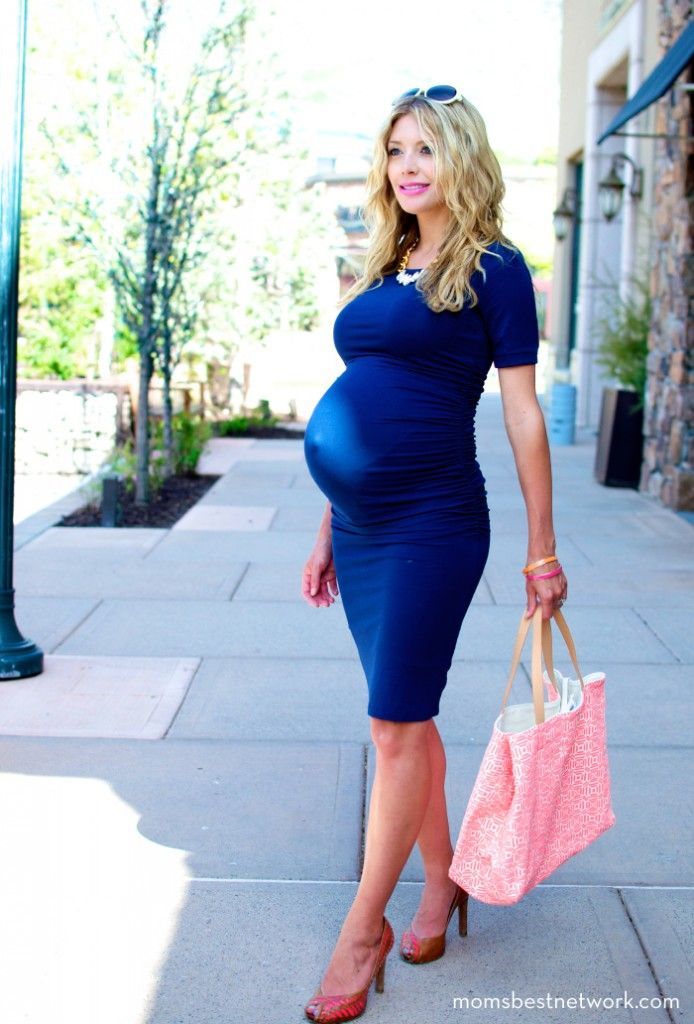
In their Listeriosis article, the World Health Organization (WHO) says, “L. monocytogenes can grow to significant numbers in food at refrigeration temperatures when given sufficient time.”
As we know, pâté lasts a long time which is great for food preservation—and listeria proliferation too.
The other thing that makes pâté a potential source of listeria is because we eat it cold or room temperature which is just fine for listeria proliferation.
On the bright side, listeria doesn’t multiply in the freezer, but, on the dim side, it doesn’t die off either.
After these last two sections on the mightiness of the listeria bacteria, you might be wondering…
How can listeria be killed?
In the article, Get the Facts about Listeria, the US Food and Drug Administration says, “Pasteurization, cooking, and most disinfecting agents kill L. monocytogenes. However, in some ready-to-eat food, such as hot dogs and deli meats, contamination may occur after the food is cooked in the factory but before it’s packaged. These products can be safely eaten if reheated until steaming hot.”
These products can be safely eaten if reheated until steaming hot.”
Generally, an internal temperature of 165°F is required to achieve the status of steaming hot.
If you’re a pâté lover, you probably won’t like the idea of zapping your pâté until it’s steaming hot before eating it. Well, you won’t be pregnant forever so hang in there.
Are there any pâtés that are safe to eat during pregnancy?
As I mentioned earlier, there seems to be some wiggle room for shelf-stable pâtés. This is not the case for refrigerated pâtés, which includes pâtés you make at home. But don’t take my word for it, let’s look at what the health authorities advise.
Bonus: what other listeria-laden foods should pregnant ladies avoid?
Look at any of the links in the next three sections to discover all the other foods that pregnant ladies should avoid because of listeria risk.
What health authorities say it’s not safe for pregnant women to eat refrigerated pâtés?
Pregnant women should not eat refrigerated pâtés according to:
- The US Food and Drug Administration (FDA) – They say, “Don’t eat … refrigerated pâtés or meat spreads.
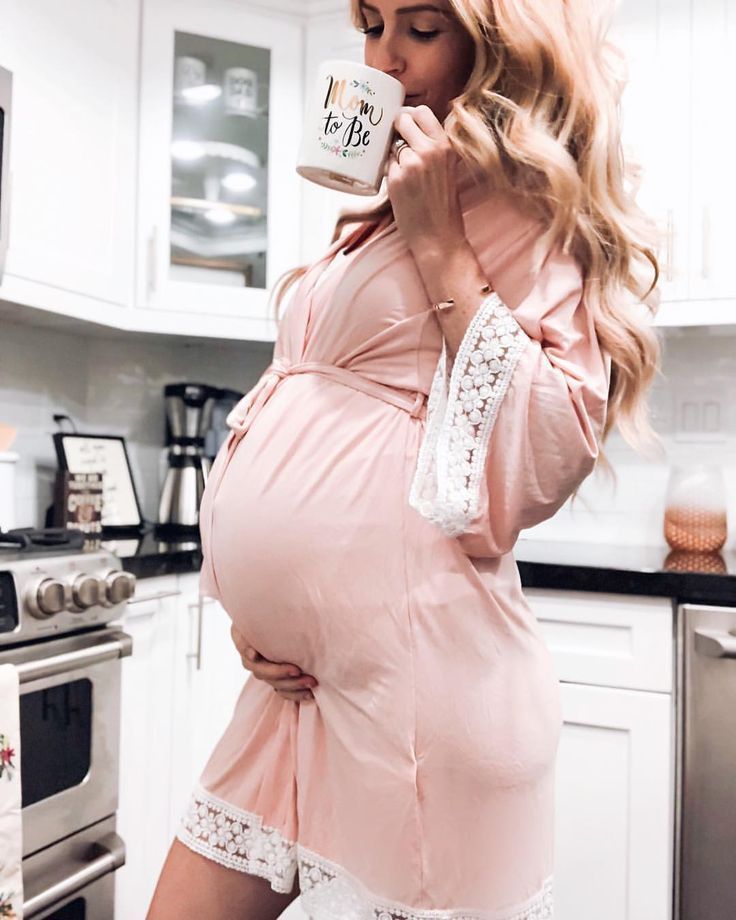 ”
” - The Government of Canada – They say to avoid “refrigerated pâtés and meat spreads.”
- The Australian Department of Health – They say, “try to avoid foods that have a higher risk of L. monocytogenes contamination such as … refrigerated pâté and meat spreads.”
- FoodSafety.gov (USA) – They say, “Do not eat refrigerated pâtés or meat spreads from a deli or meat counter, or from the refrigerated section of a store.”
What health authorities say it’s not safe for pregnant women to eat any pâtés?
Pregnant women should not eat any pâtés according to:
- The National Health Service – They say to avoid “all types of pâté, including vegetarian pâté.”
- The World Health Organization – They say pregnant ladies (because they’re in a high risk group) should avoid pâtés and meat spreads.
What health authorities say it’s safe for pregnant women to eat tinned/shelf-stable pâtés?
Pregnant women can eat shelf-stable pâtés according to:
- US Food and Drug Administration (FDA) – They say, “It’s okay to eat … canned or shelf-stable (able to be stored unrefrigerated on the shelf) pâtés and meat spreads.
 ”
” - The Government of Canada – They say to that “pâtés and meat spreads sold in cans, or that do not have to be refrigerated until they are opened” are the safer choice. [Of course, safer is not the same as safe.]
- FoodSafety.gov (USA) – They say, “Meat spreads and pâté that do not need refrigeration before opening, such as products in cans, jars, or sealed pouches, are a safer choice.”
What health authority doesn’t mention pâté at all on its listeriosis fact sheet?
The French Agency for Food, Environmental and Occupational Health & Safety doesn’t mention pâté on the English or French version of their site. They say, “Pregnant women and the most at-risk individuals are advised to avoid foods that are frequently contaminated with L. monocytogenes such as raw-milk cheeses (especially soft-rind cheeses), cheese rind in general, smoked fish, raw shellfish, taramosalata and raw meat products such as delicatessen meats.”
It’s possible that this is a lost-in-translation situation though.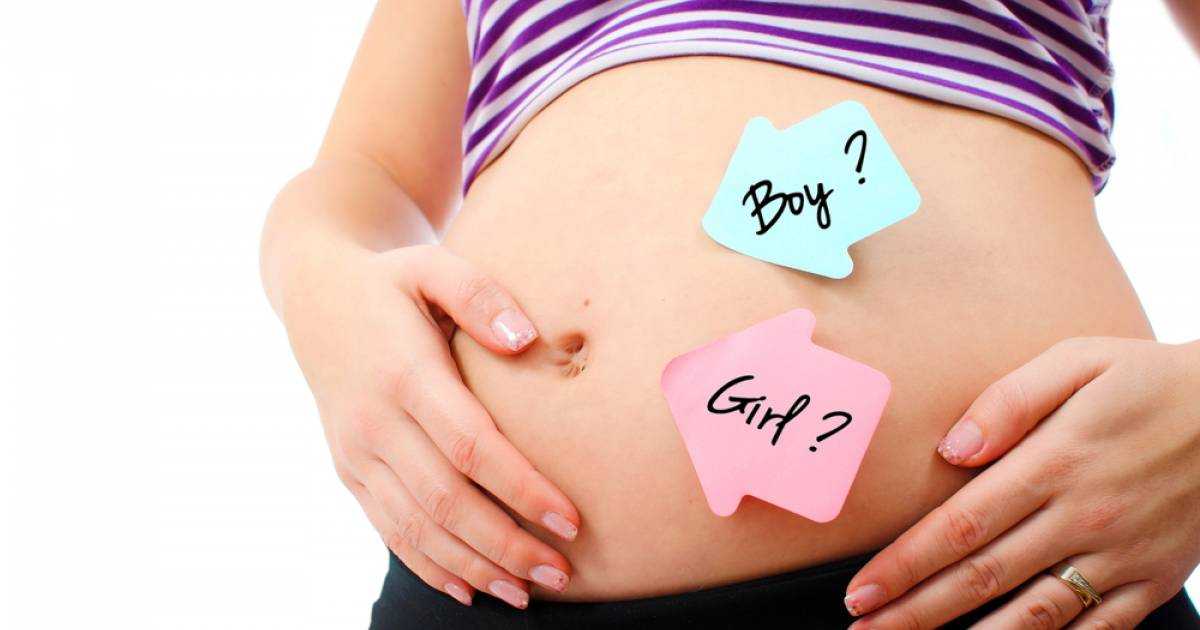 Delicatessen meats mean charcuterie (which is the word they use on their French site). Pâté is in the charcuterie family but not as a raw (or uncured) meat. So I don’t know the nuances of this French directive.
Delicatessen meats mean charcuterie (which is the word they use on their French site). Pâté is in the charcuterie family but not as a raw (or uncured) meat. So I don’t know the nuances of this French directive.
With what we know about the staying power of listeria in manufacturing plants, is it really wise to eat tinned pâtés on the safe list?
In the paper we looked at earlier, Listeriosis outbreak associated with the consumption of rillettes in France in 1993, they said that the source of the listeria was traced back to the production lines at the at the manufacturing plant. They believe that the tinned rillettes were tainted with listeria because of cross-contamination between the raw material and cooked product areas.
Specifically, the authors suggest, “This contamination of surfaces closely associated with the processed meat is a potential source of meat product contamination according to the results of previous investigations. During the packaging, rillettes could have been contaminated during the filling of the can, and contamination may have involved the rillettes in the inner part of the can. ”
”
Again, it doesn’t matter that this study was about rillettes not pâté; the point is more about the staying power of listeria and opportunities for cross contamination.
I’ll leave it to you to decide (obviously) but I wanted to raise the question.
And now, finally, let’s get to some resources for finding out about pâté recall notices…
Where can I find recall notices for foods—including pâté—contaminated with listeria?
A country’s food recall notices are all-encompassing—not just limited to pâté recalls or listeria recalls. That means there’s basically one place to get more than everything you need to know about recent food recalls.
Country-specific food recall resources:
- – Visit the Food recall warnings and allergy alerts page on the Government of Canada website.
- – Option 1: Look at the CDC’s Listeria Outbreaks article to see their list of “Selected Multistate Outbreaks” and search for outbreaks by food type, such as deli ham, pork products, frozen vegetables, cantaloupes, etc.
 Option 2: Visit the Recalls and Outbreaks page on the FoodSafety.gov website to see a list of recalls in reverse chronological order.
Option 2: Visit the Recalls and Outbreaks page on the FoodSafety.gov website to see a list of recalls in reverse chronological order.
- – Visit the Food Standards Agency Alerts page and search by food type.
- – Visit the Food recalls page of the Food Standards Australia & New Zealand site.
And if you’d like a world-wide list of food recalls every week, visit the eFood-Alert site published by Phyllis Entis, the Food Bug Lady.
Conclusion
Well, there you have it. There haven’t been too many listeria outbreaks associated with pâté, but pregnant ladies can easily get listeriosis from pâté and many other foods because they contract listeria from contaminated food much more easily than everyone else. While I don’t consider myself a member of the cult of safety, the research is pretty clear about the regularly devastating consequences of listeria on fetuses/unborn babies. So, may your pregnancy be robust and wonderful and may your pâté-eating-life return once your bundle of joy makes his or her appearance!
—
Citations for the studies referenced in this article:
The occurrence of Listeria species in pâté: the Cardiff experience 1989.

Citation: Morris IJ, Ribeiro CD. The occurrence of Listeria species in pâté: the Cardiff experience 1989. Epidemiol Infect. 1991;107(1):111-117. doi:10.1017/s0950268800048731
Link to paper: https://www.ncbi.nlm.nih.gov/pmc/articles/PMC2272023/
Human listeriosis and paté: a possible association.
Citation: McLauchlin J, Hall SM, Velani SK, Gilbert RJ. Human listeriosis and paté: a possible association. BMJ. 1991;303(6805):773-775. doi:10.1136/bmj.303.6805.773
Link to paper: https://www.ncbi.nlm.nih.gov/pmc/articles/PMC1671007/
History and epidemiology of listeriosis
Citation: H. Hof, History and epidemiology of listeriosis, FEMS Immunology & Medical Microbiology, Volume 35, Issue 3, April 2003, Pages 199–202, https://doi.org/10.1016/S0928-8244(02)00471-6
Link to paper: https://academic.oup.com/femspd/article/35/3/199/477189
The epidemiology of listeriosis in pregnant women and children in New Zealand from 1997 to 2016: an observational study
Citation: Jeffs, E. , Williman, J., Brunton, C. et al. The epidemiology of listeriosis in pregnant women and children in New Zealand from 1997 to 2016: an observational study. BMC Public Health 20, 116 (2020). https://doi.org/10.1186/s12889-020-8221-z
, Williman, J., Brunton, C. et al. The epidemiology of listeriosis in pregnant women and children in New Zealand from 1997 to 2016: an observational study. BMC Public Health 20, 116 (2020). https://doi.org/10.1186/s12889-020-8221-z
Link to paper: https://bmcpublichealth.biomedcentral.com/articles/10.1186/s12889-020-8221-z#citeas
Listeriosis in Pregnancy: Diagnosis, Treatment, and Prevention
Citation: Janakiraman V. Listeriosis in pregnancy: diagnosis, treatment, and prevention. Rev Obstet Gynecol. 2008;1(4):179-185.
Link to paper: https://www.ncbi.nlm.nih.gov/pmc/articles/PMC2621056/
Inadequate management of pregnancy-associated listeriosis: lessons from four case reports
Citation: Charlier C, Goffinet F, Azria E, Leclercq A, Lecuit M. Inadequate management of pregnancy-associated listeriosis: lessons from four case reports. Clin Microbiol Infect.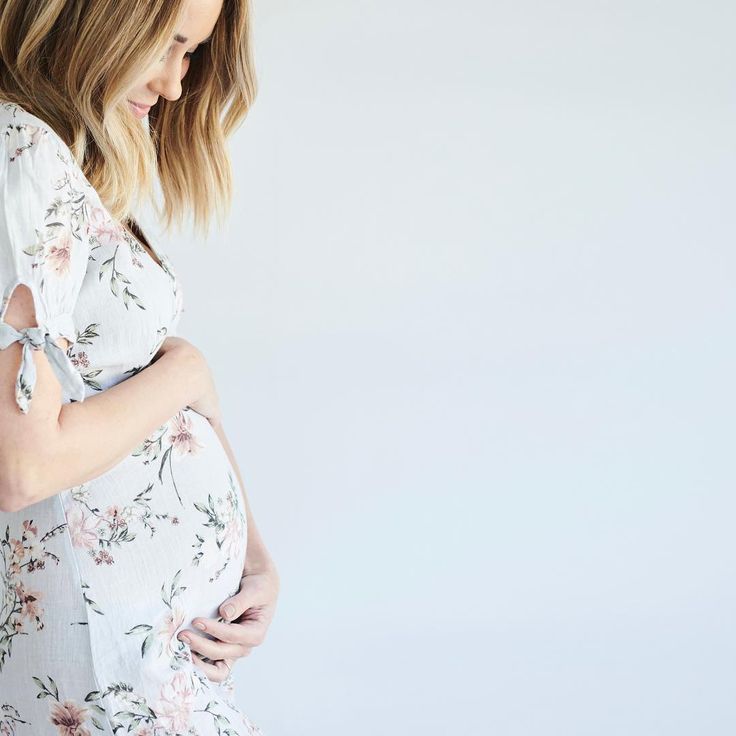 2014;20(3):246-249. doi:10.1111/1469-0691.12281
2014;20(3):246-249. doi:10.1111/1469-0691.12281
Link to paper: https://www.sciencedirect.com/science/article/pii/S1198743X14608673
Nutrition and listeriosis during pregnancy: a systematic review
Citation: Moran LJ, Verwiel Y, Bahri Khomami M, Roseboom TJ, Painter RC. Nutrition and listeriosis during pregnancy: a systematic review. J Nutr Sci. 2018;7:e25. Published 2018 Sep 24. doi:10.1017/jns.2018.16
Link to paper: https://www.ncbi.nlm.nih.gov/pmc/articles/PMC6161013/
Listeriosis Outbreaks and Associated Food Vehicles, United States, 1998–2008
Citation: Cartwright EJ, Jackson KA, Johnson SD, Graves LM, Silk BJ, Mahon BE. Listeriosis outbreaks and associated food vehicles, United States, 1998-2008. Emerg Infect Dis. 2013;19(1):1-184. doi:10.3201/eid1901.120393
Link to paper: https://www.ncbi.nlm.nih.gov/pmc/articles/PMC3557980/
Human foodborne listeriosis in England and Wales, 1981 to 2015
Citation: McLauchlin J, Grant KA, Amar CFL. Human foodborne listeriosis in England and Wales, 1981 to 2015. Epidemiol Infect. 2020;148:e54. Published 2020 Feb 19. doi:10.1017/S0950268820000473
Human foodborne listeriosis in England and Wales, 1981 to 2015. Epidemiol Infect. 2020;148:e54. Published 2020 Feb 19. doi:10.1017/S0950268820000473
Link to paper: https://www.ncbi.nlm.nih.gov/pmc/articles/PMC7078583/
Listeriosis outbreak likely due to contaminated liver pâté consumed in a tavern, Austria, December 2018
Citation: Cabal Adriana , Allerberger Franz , Huhulescu Steliana , Kornschober Christian , Springer Burkhard , Schlagenhaufen Claudia , Wassermann-Neuhold Marianne , Fötschl Harald , Pless Peter , Krause Robert , Lennkh Anna , Murer Andrea , Ruppitsch Werner , Pietzka Ariane . Listeriosis outbreak likely due to contaminated liver pâté consumed in a tavern, Austria, December 2018. Euro Surveill. 2019;24(39): pii=1900274. https://doi.org/10.2807/1560-7917.ES.2019.24.39.1900274 [The spaces before commas are part of the citation, not a typo!]
Link to paper: https://www.eurosurveillance.org/content/10.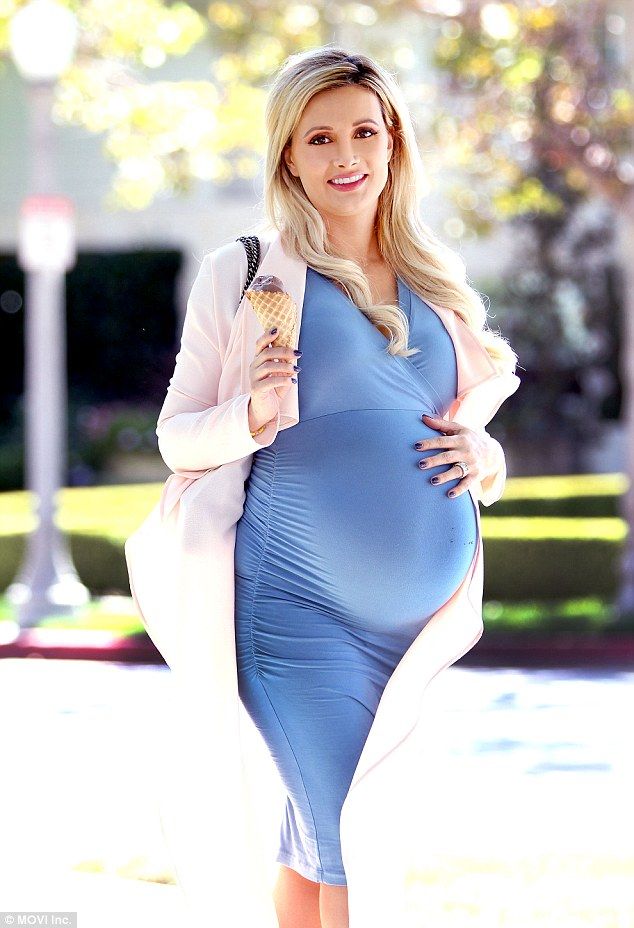 2807/1560-7917.ES.2019.24.39.1900274
2807/1560-7917.ES.2019.24.39.1900274
Local Outbreak of Listeria monocytogenes Serotype 4b Sequence Type 6 Due to Contaminated Meat Pâté
Citation: Althaus, Denise & Jermini, Marco & Giannini, Petra & Martinetti, Gladys & Reinholz, Danuta & Nüesch-Inderbinen, Magdalena & Lehner, Angelika & Stephan, Roger. (2017). Local Outbreak of Listeria monocytogenes Serotype 4b Sequence Type 6 Due to Contaminated Meat Pâté. Foodborne Pathogens and Disease. 14. 10.1089/fpd.2016.2232.
Link to paper: https://www.researchgate.net/publication/313817339_Local_Outbreak_of_Listeria_monocytogenes_Serotype_4b_Sequence_Type_6_Due_to_Contaminated_Meat_Pate
Listeriosis outbreak associated with the consumption of rillettes in France in 1993
Citation: Goulet V, Rocourt J, Rebiere I, et al. Listeriosis outbreak associated with the consumption of rillettes in France in 1993. J Infect Dis. 1998;177(1):155-160. doi:10.1086/513814
doi:10.1086/513814
Link to paper: https://www.researchgate.net/publication/13811442_Listeriosis_Outbreak_Associated_with_the_Consumption_of_Rillettes_in_France_in_1993
Short-term genome evolution of Listeria monocytogenes in a non-controlled environment
Citation: Orsi RH, Borowsky ML, Lauer P, et al. Short-term genome evolution of Listeria monocytogenes in a non-controlled environment. BMC Genomics. 2008;9:539. Published 2008 Nov 13. doi:10.1186/1471-2164-9-539
Link to paper: https://www.ncbi.nlm.nih.gov/pmc/articles/PMC2642827/
Cleaning and Disinfection of Biofilms Composed of Listeria monocytogenes and Background Microbiota from Meat Processing Surfaces
Citation: Annette Fagerlund, Trond Møretrø, Even Heir, Romain Briandet, and Solveig Langsruda. Cleaning and Disinfection of Biofilms Composed of Listeria monocytogenes and Background Microbiota from Meat Processing Surfaces. Appl Environ Microbiol. 2017 Sep 1; 83(17): e01046-17. Published online 2017 Aug 17. Prepublished online 2017 Jun 30. doi: 10.1128/AEM.01046-17
Appl Environ Microbiol. 2017 Sep 1; 83(17): e01046-17. Published online 2017 Aug 17. Prepublished online 2017 Jun 30. doi: 10.1128/AEM.01046-17
Link to paper: https://www.ncbi.nlm.nih.gov/pmc/articles/PMC5561291/
Recent Posts
link to What Is Quatre Épices/Four Spices & How Do I Use It?What Is Quatre Épices/Four Spices & How Do I Use It?
Before I started making pâté, I only knew one numbered spice mix: Chinese five spices. But as I read more pâté recipes, I kept seeing “four spices” and “quatre épices” and I wondered...
Continue Reading
link to What's the Difference Between Confit, Confiture, Jam, Compote and Coulis?What's the Difference Between Confit, Confiture, Jam, Compote and Coulis?
Confit, compote, confiture, coulis and jam are sweet fruit concoctions. But what are they exactly and what makes them different? And do they all go nicely alongside your favourite pâté? I.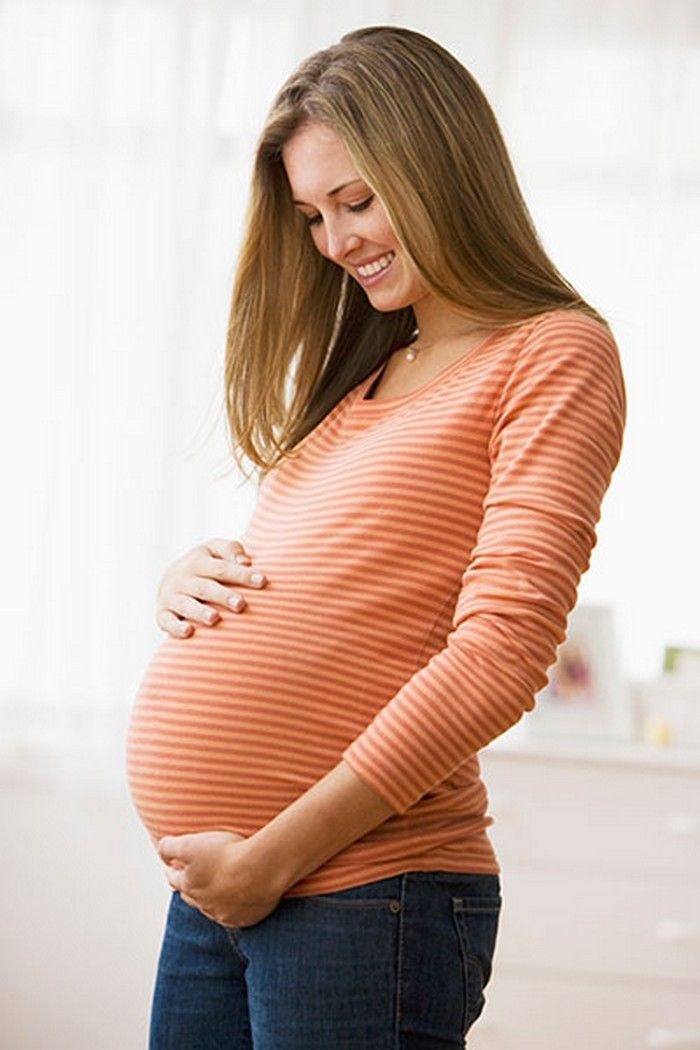 ..
..
Continue Reading
Top 10 Foods to Avoid while Pregnant
Find out which foods to significantly cut down in your diet during pregnancy
There is a so-called blacklist of foods to avoid because they can cause food poisoning or harm your unborn baby. Let's look at these foods, as well as those that should be taken in limited quantities or subject to special processing.
Cheese
Do not eat:
- soft cheeses with mold, such as brie, camembert, etc. with a similar composition and type of skin, such as goat's milk cheese;
- Cheeses with moldy pale blue veins, such as Danish blue, Gorgonzola and Roquefort;
Blue cheeses may contain listeria, the bacteria that causes listeriosis. Even a mild form of this infection in a pregnant woman can lead to miscarriage, stillbirth, and severe illness in the newborn.
3
Read also: Reasons why pregnant women should not overeat
Make sure that the eggs are thoroughly cooked, the whites and yolks are firm before use.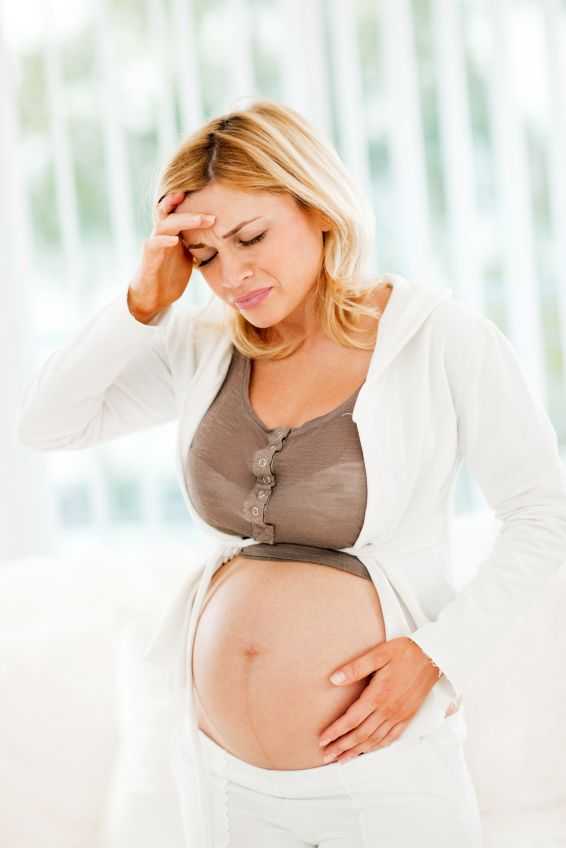 This prevents the risk of salmonella poisoning.
This prevents the risk of salmonella poisoning.
Milk
Do not drink raw (not pasteurized) milk, including unpasteurized goat's or sheep's milk. Do not eat food that consists of it, such as goat cheese. All milk must undergo thorough heat treatment or pasteurization.
Pâté
Avoid all types of pâté, including vegetable pâté, as they may contain the listeria mentioned above.
Meat
Do not eat raw or undercooked meat. Boil meat and poultry thoroughly so that no traces of blood or pink remain. Be especially careful with sausage and minced meat.
In some countries, pregnant women are advised not to eat smoked meat or fish because there is also a risk that the food may contain listeria bacteria. However, for example, in the UK, pregnant women are not given such recommendations, because they believe that the risk of infection is very, very low.
Read also: Expert: Eat meat only on holidays
Liver the amount of vitamin A. Too much vitamin A can harm your baby.
Too much vitamin A can harm your baby.
Vitamin A
Do not:
- high dose multivitamin supplements;
- fish oil;
- any supplement containing vitamin A.
Fish
Certain types of fish need to be restricted. These include tuna and other types of fatty fish. In addition, raw shellfish should not be eaten, as this can cause food poisoning.
Alcohol
You must not drink alcohol if you are pregnant or trying to become pregnant. Alcohol can seriously and permanently affect your child's development.
Read also: Alcohol is good for the heart
Caffeine
You should limit caffeine during pregnancy - no more than 200 mg of caffeine per day. High levels of caffeine can lead to a low birth weight baby. Too much caffeine can also lead to miscarriage. Be careful, besides coffee and tea, caffeine is found naturally in some foods and is also added to some soft drinks.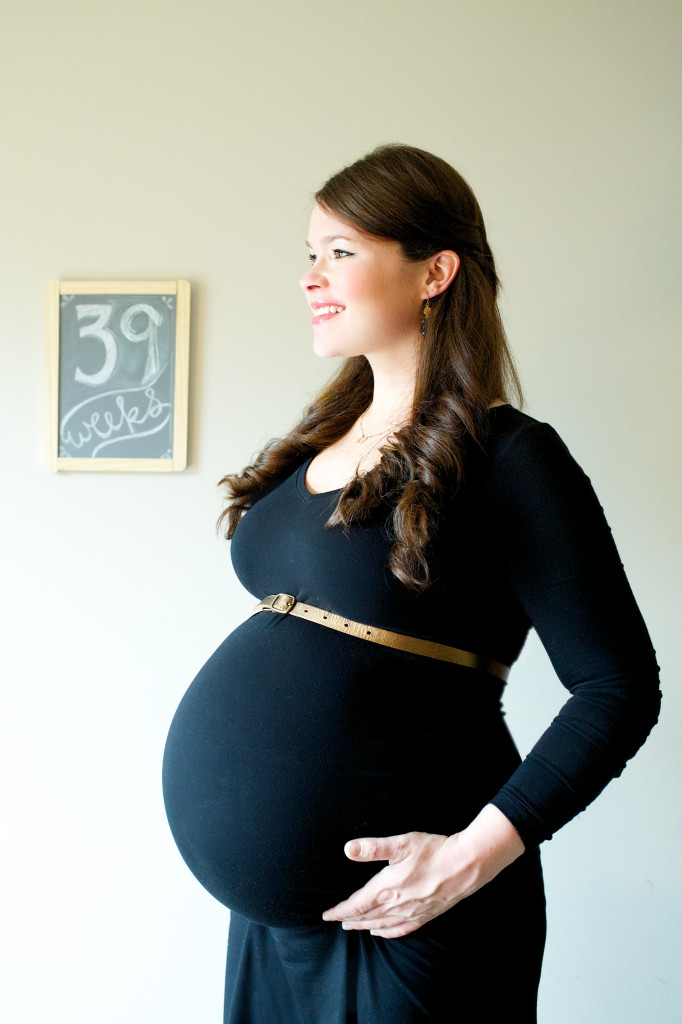
But don't worry if your favorite products are blacklisted. You have a unique opportunity to learn other dishes while you can’t eat your favorites. So, for sure, after pregnancy you will add to the list of your favorite foods and dishes.
Read Ivona.ua in Google News. by-products in large quantities. Pregnant women can afford much more than they think
Mom's life for 9 months is full of dangers (no) and strange prohibitions. Women are wondering if pregnant women can dye their hair, make shellac and take a bath. And as far as food is concerned, it seems safer in a minefield. Let's figure out how it really is with one of the most difficult products: is it possible or not the liver during pregnancy.
What liver are we talking about?
Any. Often, pregnant women are not recommended to eat all types of this offal: cod liver, beef, pork, chicken.
What is in the liver?
The liver is just a storehouse of vitamin A. 100 g of beef contains 3500 mcg of vitamin A, 100 g of cod liver contains 4500 mcg, and 100 g of cod liver oil (the same one that is in the canned food jar) 30 thousand mcg !
Vitamin A - what is it?
This is a group of chemically similar substances that includes retinol (vitamin A 1 , axerophthol) and other retinoids with similar biological activity.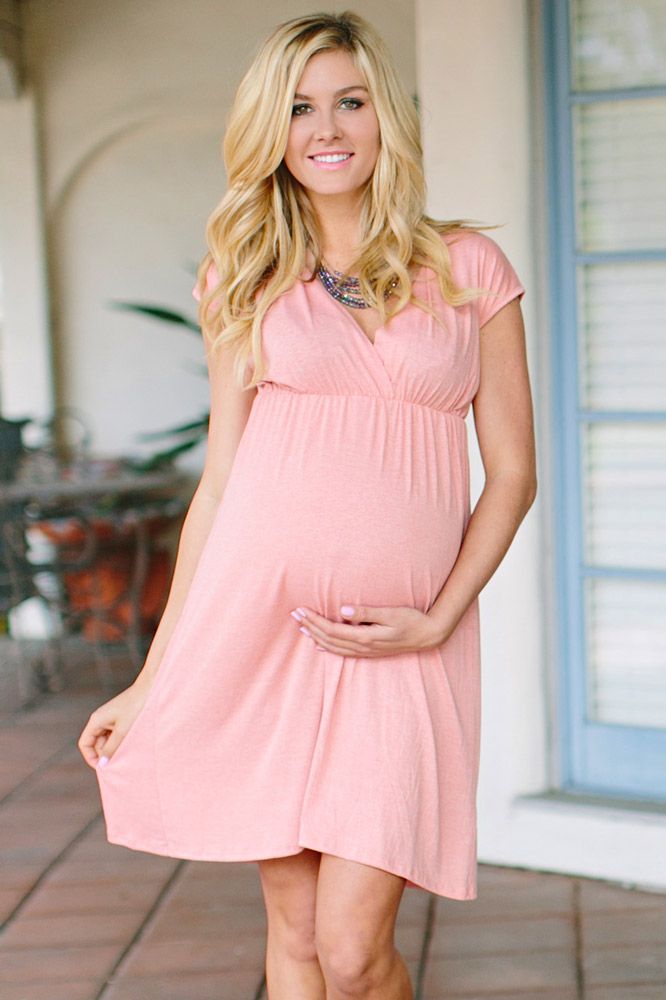
Metabolic precursors (provitamin A) - carotenoids.
Retinoids are found in animal products, while carotenoids are found in vegetable products.
Vitamin A is necessary for the adequate functioning of various body systems: vision, immune system, metabolism, hematopoiesis.
Is vitamin A dangerous during pregnancy?
An excess of vitamin A (more than 10,000 IU/3000 mcg per day) is dangerous if this dose is taken for some time.
If you look at the composition of prenatal vitamins, you will see that they never contain vitamin A itself, retinol. This is due to the fact that with hypervitaminosis (excess) of vitamin A, fetal malformations are possible.
Therefore, manufacturers are afraid to add retinol to vitamins for pregnant women, only carotenoids.
So, vitamin A and, accordingly, the liver, is not allowed during pregnancy?
But no. Vitamin A is called the growth vitamin. It is responsible for cell division and differentiation. When do you think this process is more active? When the body grows and develops. Vitamin A deficiency affects about 1/3 of children worldwide.
When do you think this process is more active? When the body grows and develops. Vitamin A deficiency affects about 1/3 of children worldwide.
In poor countries, children die from vitamin A deficiency. About 500,000 children lose their sight due to vitamin A deficiency every year.
And vitamin A deficiency is so pronounced in poor countries because there is not enough animal food.
During pregnancy, the consumption of vitamin A increases - it is necessary for the formation of a new organism and for the normal functioning of the placenta.
The daily requirement for vitamin A in pregnant women is 800 mcg.
Where is vitamin A found
Vitamin A is found only in animal products. Our beloved carrots contain not vitamin A, but provitamin. It must turn into vitamin A, but the efficiency of this transformation is different for everyone and depends on genetics.
Some people easily synthesize their own retinol from carrots, while others definitely need animal products. If you don't know what exactly your genetics of vitamin A metabolism are, you should definitely eat foods rich in vitamin A during pregnancy. Judge for yourself: in 100 g of cheese there are only 240 mcg of vitamin A, in 1 egg there are 120 mcg of vitamin, in 1 tbsp. butter 100 mcg, 100 g of meat 15 mcg of vitamin A.
If you don't know what exactly your genetics of vitamin A metabolism are, you should definitely eat foods rich in vitamin A during pregnancy. Judge for yourself: in 100 g of cheese there are only 240 mcg of vitamin A, in 1 egg there are 120 mcg of vitamin, in 1 tbsp. butter 100 mcg, 100 g of meat 15 mcg of vitamin A.
But the liver - a product that should be in the diet of a pregnant woman - in moderation.
What is a dangerous dosage of vitamin A for pregnant women
A dangerous dose of vitamin A for pregnant women 3000 mcg per day for a long time! This amount is contained in 80 g of beef liver. This means that every day you should not eat a jar of liver pate. But 1 - 2 per week is possible. You have to be really careful with cod liver oil if you like these canned foods. There is no more than 1 time per month.
Please note that omega-3 supplements are sometimes made from cod liver, which can be high in vitamin A!
What to do if you overdose on vitamin A during pregnancy
If you ate a can of cod liver at a time, don't panic.






